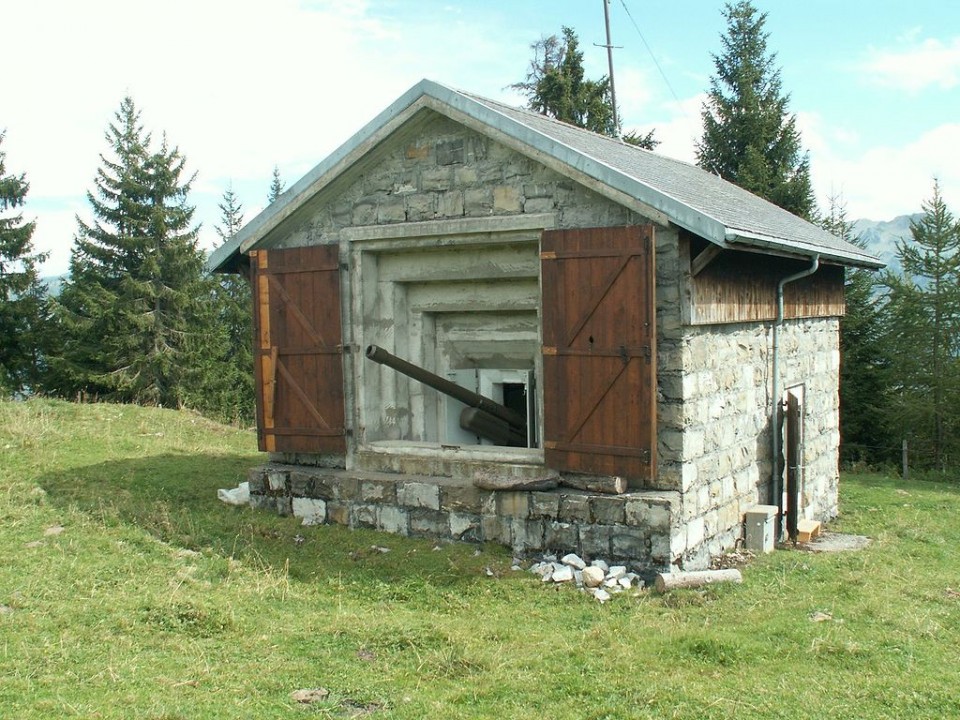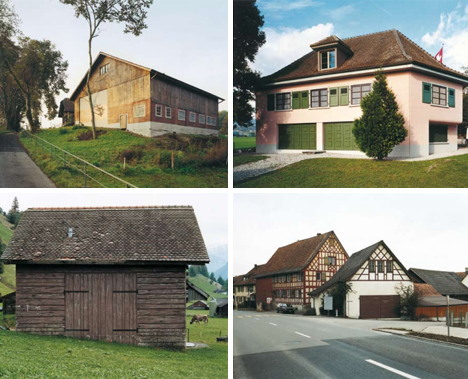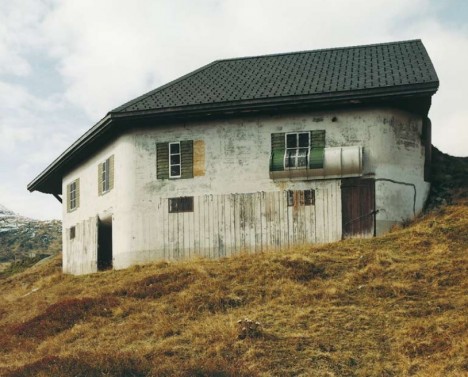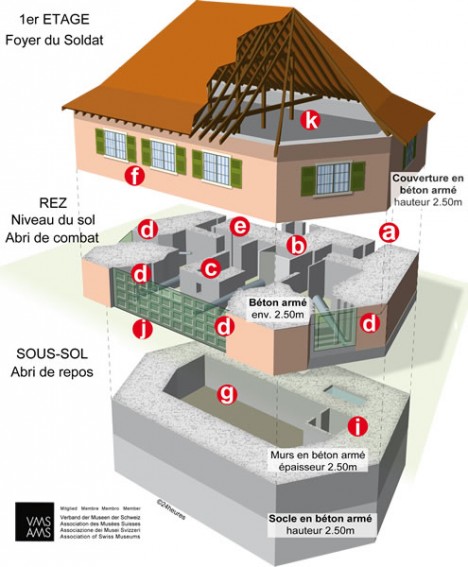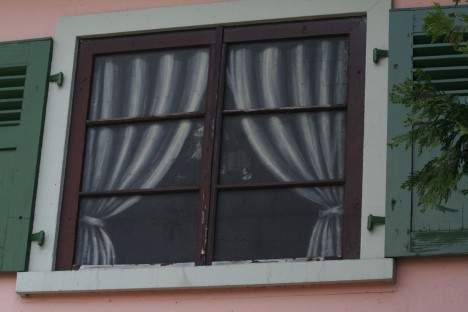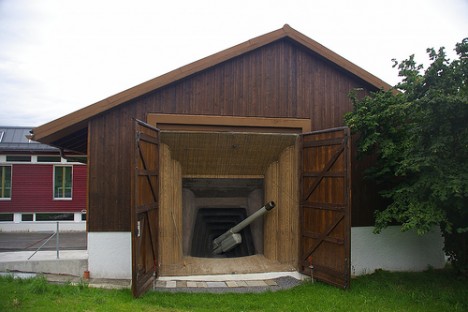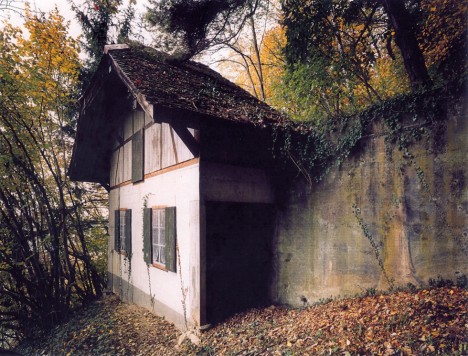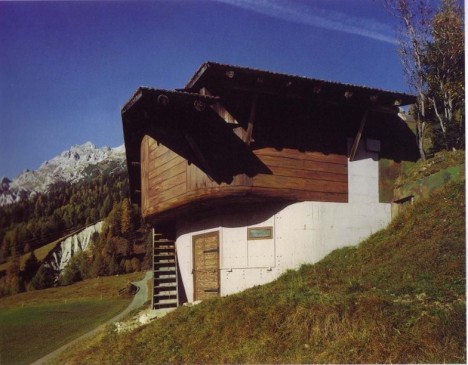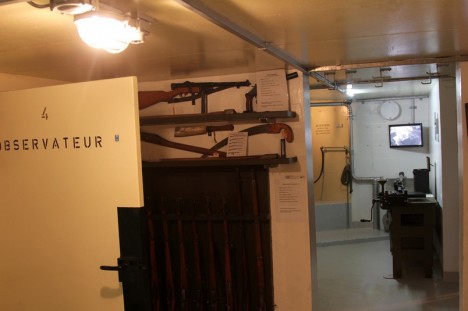Throughout the rolling hills of rural Switzerland, tucked inside idyllic works of regional vernacular architecture, lie disguised fortifications of a country always ready for war. Some of these bunkers conceal gun caches, communications infrastructure and even anti-aircraft artillery.
The camouflage is incredibly convincing: a worn wood-sided barn, countryside home with cracking paint or a cute small-town cottage could all house militarized surprises.
The public is not privy to precise numbers, but estimates suggest the country contains 250 or more such structures variously disguised as buildings or parts of the natural landscape.
The Swiss are world-famous for their perpetual state of military preparedness, but few outsiders (as well as many citizens of Switzerland) are unaware just how much they are surrounded with infrastructure of war.
Christian Schwager’s relatively recent book on Fake Chalets helped make these buildings an open secret, in turn aiding preservation efforts for many of these facilities that no longer serve an official purpose.
Reporter Anneke Bokern has also delved into the history of these buildings, many of which date back to the 1930s and 40s: “Theatre painters were in charge of the paint jobs, supplying each bunker with a customised skin inspired by the local chalet style.”
“As the results prove, they went about their job with Swiss precision – although the bunkers only had to deceive at a minimum distance of 20 metres. They painted realistic window shutters, created perfect imitations of wood grain, and even took the position of the sun into consideration.”
